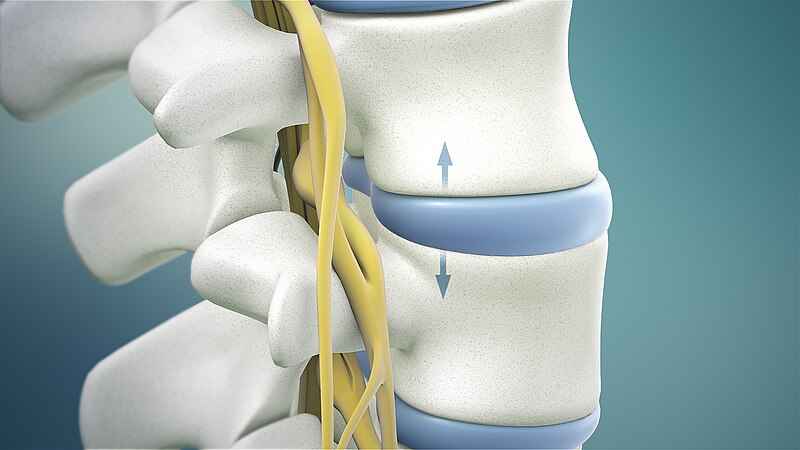Overview
The surgery involves techniques like laminectomy, discectomy, or foraminotomy, where bone or tissue causing nerve compression is removed. By alleviating this pressure, lumbar decompression helps reduce symptoms like pain, numbness, and weakness, ultimately improving the patient’s quality of life







